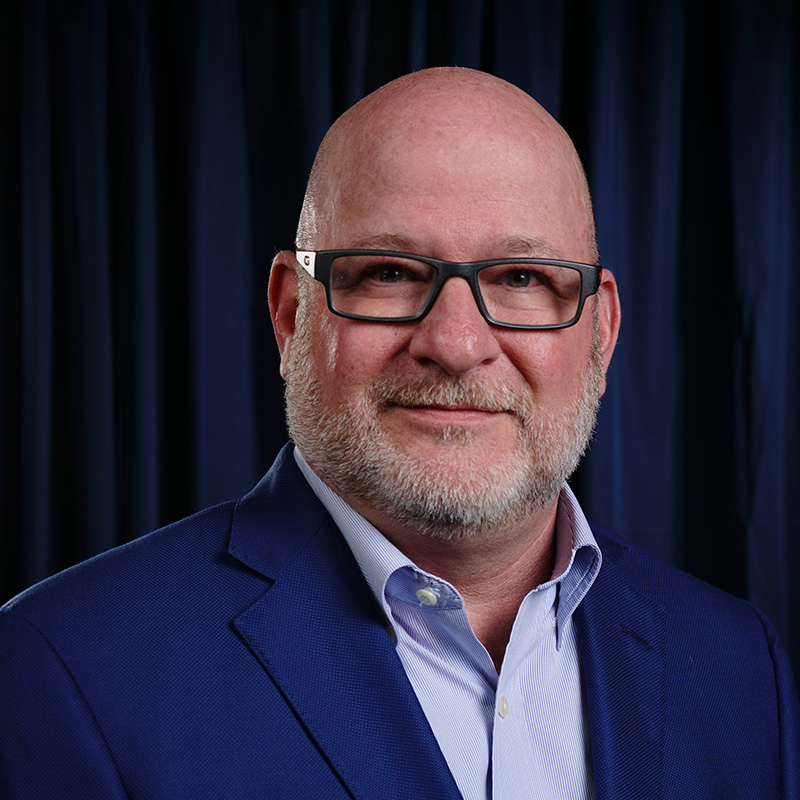Past Presidents
Thomas Y. Whitley, 1958–1979
- Worked for the state Board of Regents when he was tapped to harness strong community support for a new college.
- Oversaw school's transition from its start in an abandoned hosiery mill to the former dairy farm that became main campus.
- Successfully advocated a move from two-year, junior college status to senior college status in 1965.
- Handed out first bachelor's degrees in 1970.
- Master's degrees in education and business were available by his retirement.
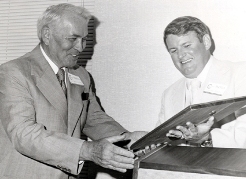
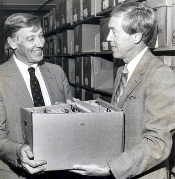
Francis J. Brooke, 1980–1987
- Oversaw Columbus College during a difficult period of declining enrollments and shrinking state budgets.
- Reorganized the college's administrative structure, which had been based on junior college-style divisions, into schools. (These became the basis for CSU's academic colleges, established in 1998.)
- A former provost at Virginia Commonwealth University, he introduced new standards for faculty research and outreach.
- Worked to hire more African-American faculty and staff.
- Organized the college's first capital campaign in 1983-1984 that raised more than $6 million.
Frank D. Brown, 1988–2008
- Guided the university through a capital campaign that raised $100 million, an amount unheard of for a university of Columbus State's size and age.
- Served as catalyst for major campus advancements, including the move to university status, much building construction, development of international studies and servant leadership programs, expansion of outreach efforts and enhancement of several existing programs.
- Developed CSU's RiverPark campus, the downtown Columbus home to CSU fine arts programs. That effort, which involved more than $112 million being invested into downtown Columbus by or on behalf of CSU, helped revitalize the downtown area.
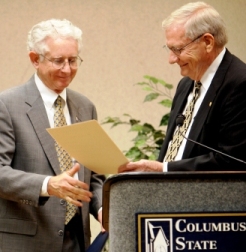
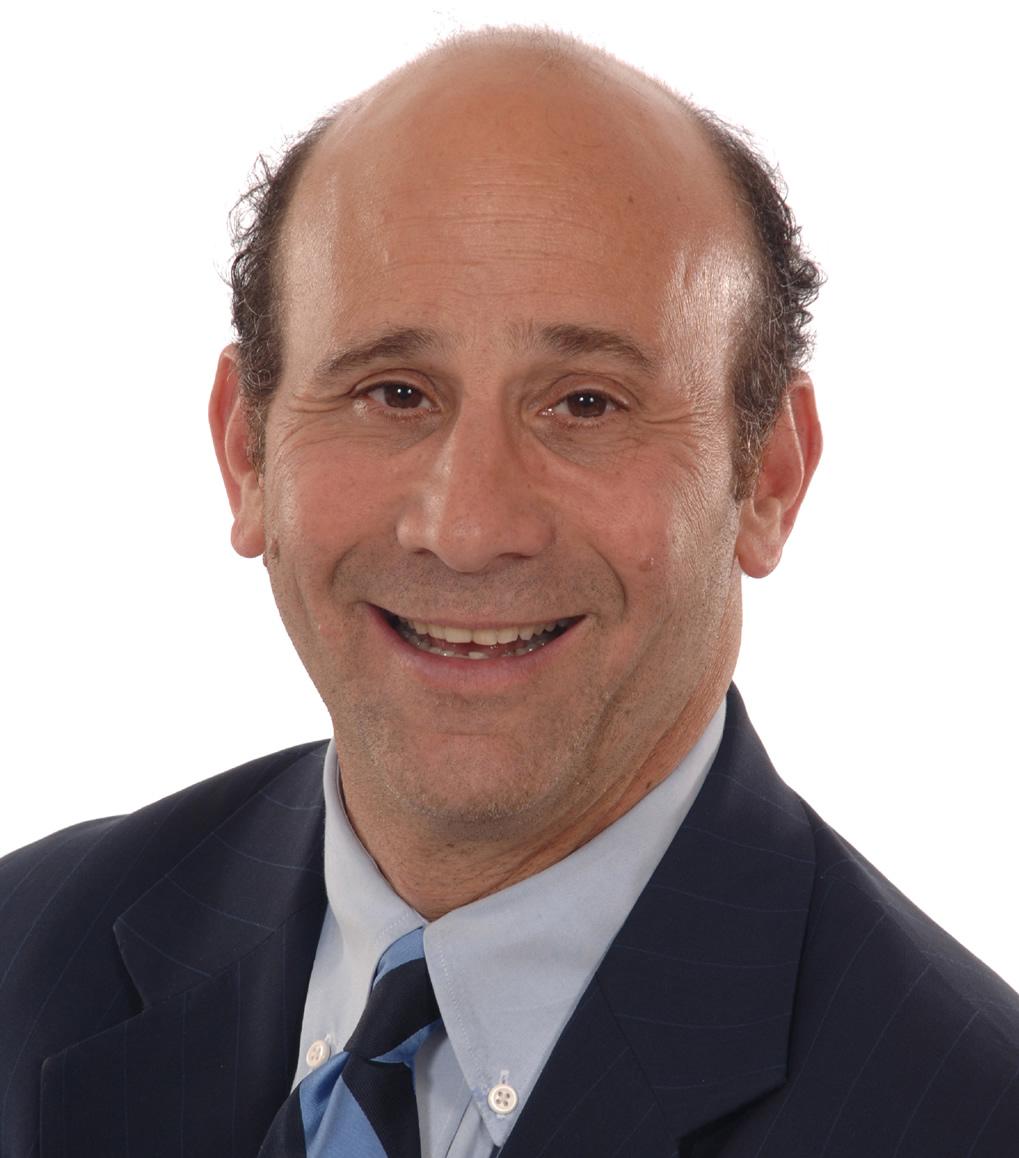
Dr. Timothy S. Mescon, 2008–2014
- Guided the university through historic budget cuts while also pushing for higher academic standards.
- Ushered in several new graduate programs, including the university's first doctorate degree.
- Was president when Columbus State was named - for the first time - by U.S. News & World Report as one of the top 50 comprehensive public universities in the South.
- Strengthened the university's relationship with Fort Benning, expanded CSU's online degree offerings, added NCAA and club sports, and helped develop an Honors College on campus.
Dr. Christopher L. Markwood, 2015–2022
- guided CSU through the conclusion of its First Choice comprehensive fundraising campaign, which exceeded its $100 million goal by nearly 20%; funded capital projects including the Bo Bartlett Center, Frank Brown Hall and numerous academic and athletics spaces on both campuses; and created more than 50 endowments for student scholarships, faculty and programs.
- led the expansion of nearly 30 new undergraduate and graduate degree offerings and an equal number of new certificate programs—including the University System of Georgia's new nexus degree programs and the system's first-ever nexus graduates.
- fostered community engagement-, workforce and economic development- focused partnerships with the region's leading government, business, military and faith leaders that led to novel outcomes in the areas of business, communications, cybersecurity, entrepreneurism, film production, robotics engineering, servant leadership, and teacher education.
